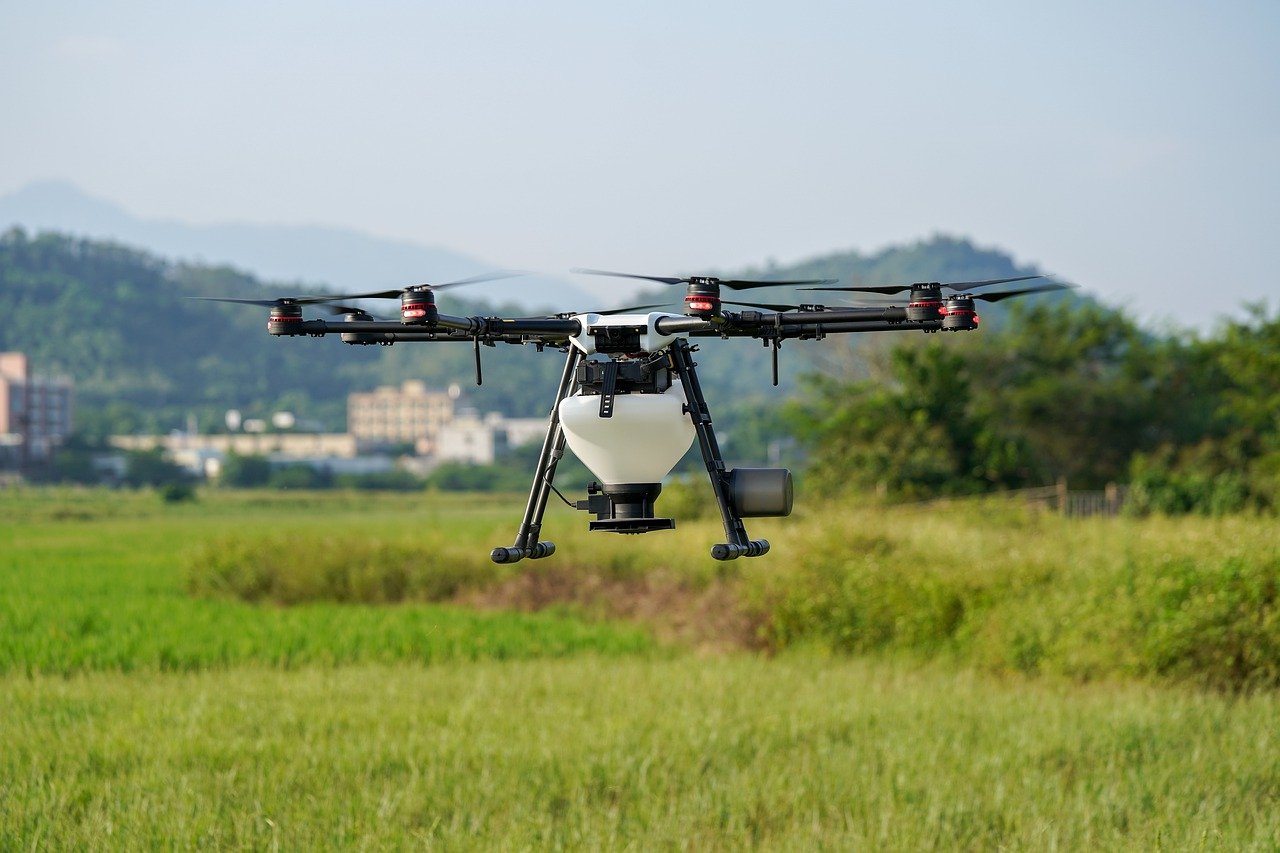The booming drone industry in India

In the past few years, drones have become a major part of our lives. They are being used for different purposes and in industries across the world. One industry that is benefiting from these small flying machines is India’s booming drone market which has been growing at a phenomenal rate since 2015. The drone industry in India has seen tremendous growth over the past few years and it doesn’t seem to be slowing down anytime soon!
Drone manufacturing in India
India has become one of the largest exporters of drones. Not only are they competing with China and other countries, but India is also a leading manufacturer in this sector as well! In fact, it was just recently announced that there will be at least 600 drone manufacturers by 2020 which would account for almost half of all global capacity. This boom began when the government set up some window clearance processes to get approvals for setting up units across India. The fast-track policy came into effect with covid effect from 2020 onwards and these small flying machines have been taking off ever since then!
For those looking to invest in some high-quality drones made out here; Indian manufacturing companies offer both readymade models as well as customization options for customers who want their device tailored to their specific needs.
Drone technology Enhancement in India:
India, the land of technology advancements has been making some major breakthroughs in drone manufacturing. The boom began when the Indian government set up a single-window clearance process to get approvals for setting up units across India which led to an increase in the production of drones and this is where it all started! The startups and communities like Decide here are making incredible achievements in taking drone technology city to city and village to village.
The company believes that drones are not just a toy, but something that can be of great use to society and is working hard towards making them as accessible as possible.
As more people in India get exposure to drone technology, it has been turning into an industry with plenty of room for growth. Indian manufacturing companies offer both readymade models as well as customization options for customers who want their device tailored to their specific needs.
The impact of drones on the Indian economy:
The drone industry in India has the potential to generate $12 billion annually and support 400,000 jobs by 2022. It is also predicted that it will increase from USD 16 million at present to USD 39 million by 2025.
This means that drones can create a huge impact on the Indian economy – as they are not only creating more jobs but also have significant growth prospects for future investments.
Brief introduction: The government of India has been very supportive of this new industry with policies such as providing tax incentives and setting up an exclusive regulatory body for this sector called Drone Advisory Committee under DGCA (Directorate General of Civil Aviation). This committee was set up with recommendations given by the IAMAI-AADIA task force.
Challenges faced by drone manufacturers and operators in India:
Challenges faced by drone manufacturers and operators in India are mainly due to the regulatory framework.
The civil aviation authority of India, DGCA has laid down guidelines for regulating drones which includes mandatory registration with them before flying a drone commercially (which can be done online), providing basic details such as name, email ID, etc., duration of the flight plan, location of take-off site.
India is one among few countries that have put out clear regulations on this subject. The other challenge is the availability of the right technology at the appropriate cost. The drone industry in the country still needs to reach its maturity level where it will create enough jobs for skilled professionals like electricians or technicians who will assemble these machines from imported parts under the supervision of senior technocrats.
Future of drones in India:
This is an excellent opportunity for India to build a competitive advantage in the global drone industry. The government of India should encourage this growth and support Indian companies as they develop capabilities to manufacture drones both locally and export them globally.
The future of drone technology looks bright, but there are still many hurdles that need to be crossed before its full potential can be realized by society at large: regulations governing how it operates in public spaces (navigation rules), changes needed within communities with respect to privacy and safety concerns, educating stakeholders about what could happen if they fly their own drones, etc. Let’s hope these issues will soon be resolved so we too can enjoy the benefits of having unmanned aircraft flying
Conclusion: The booming drone industry in India is a great example of how the Indian government has been proactive and supportive. It will be interesting to see what results this new policy brings, both economically as well as politically.
In conclusion, the growing drone industry in India offers a glimpse into an exciting future for this developing country – it is not only creating jobs but also supports economic growth with significant investment potentials that can create more avenues for employment generation and consequently enhance overall infrastructure development prospects for citizens. As a result, drones are becoming increasingly viable options at various levels of society where they offer creative opportunities such as being used by farmers or pick up deliveries on time when faced with congestion caused due to heavy traffic conditions during peak hours.
